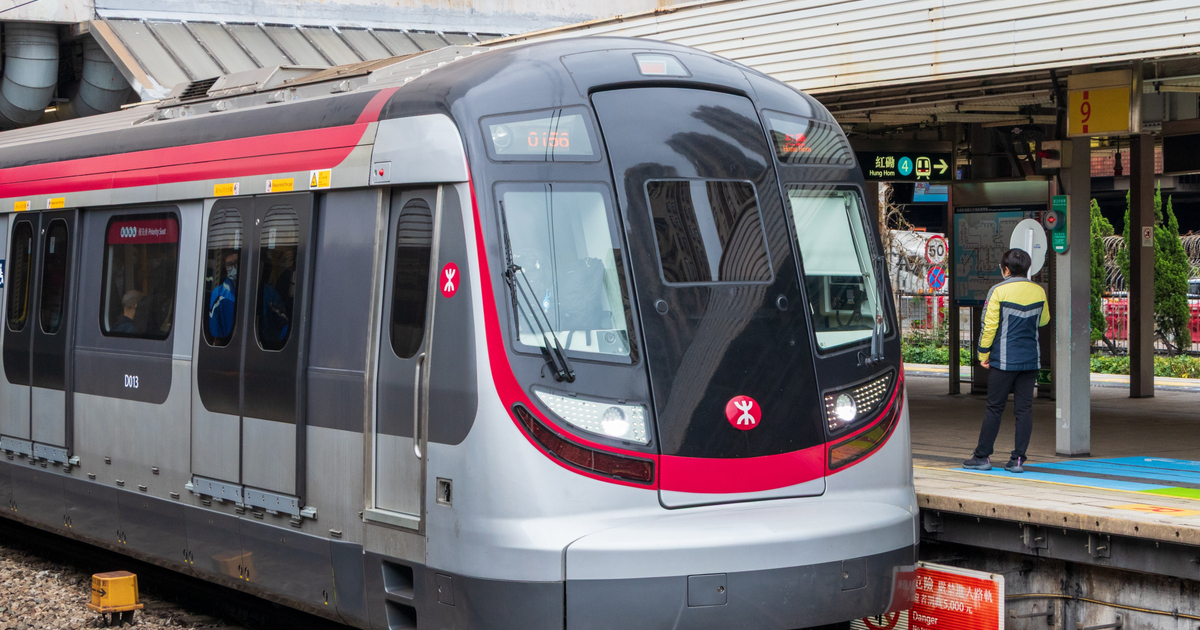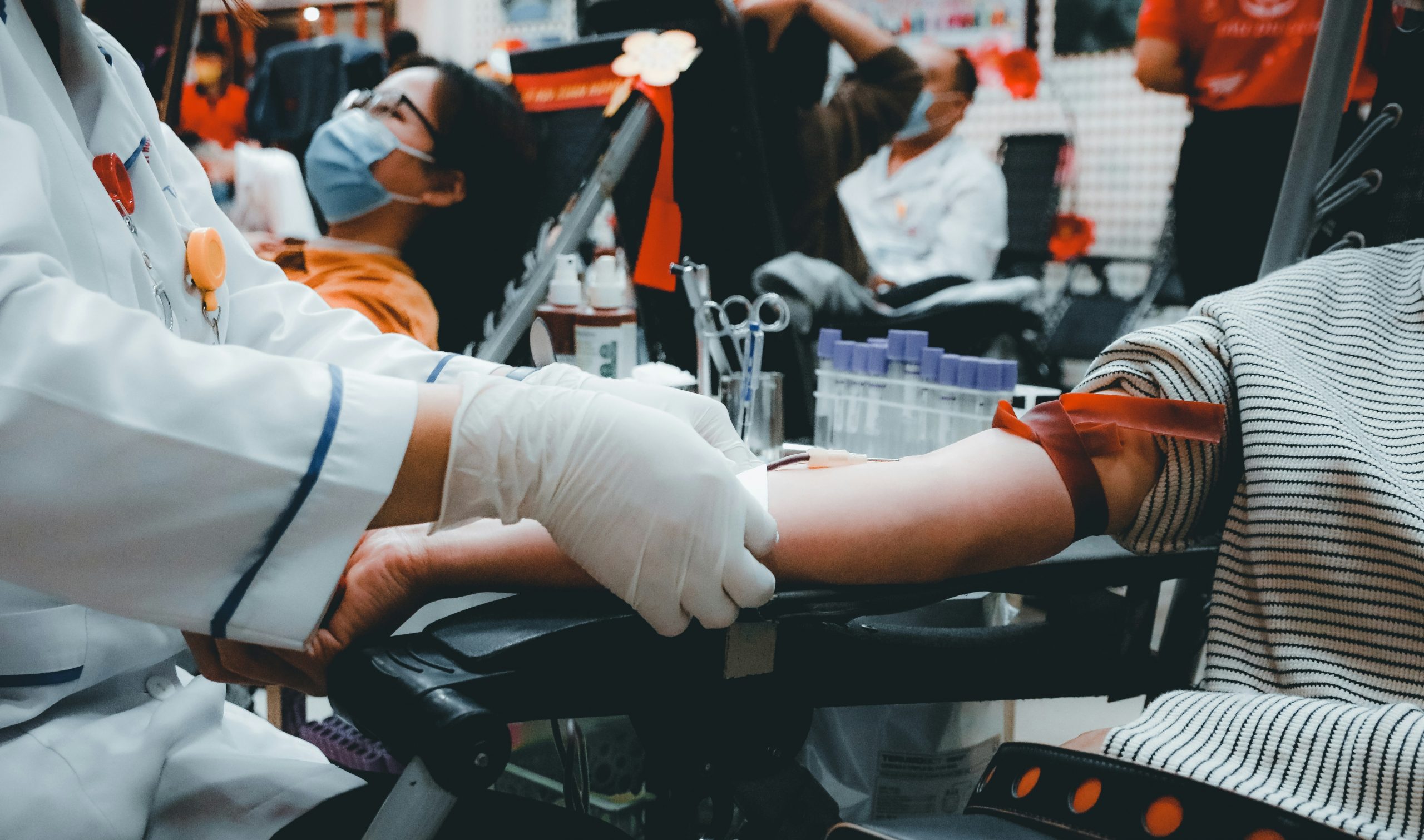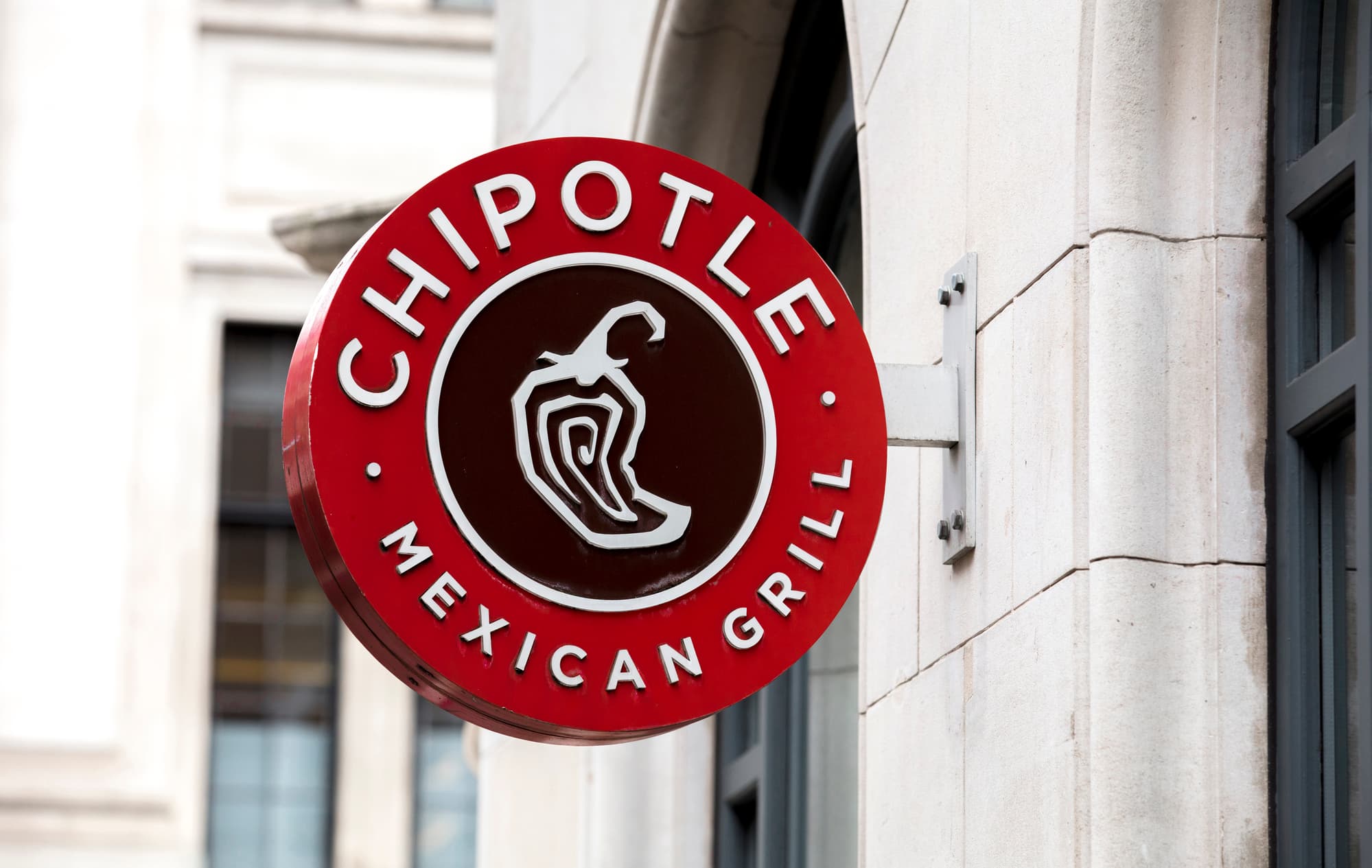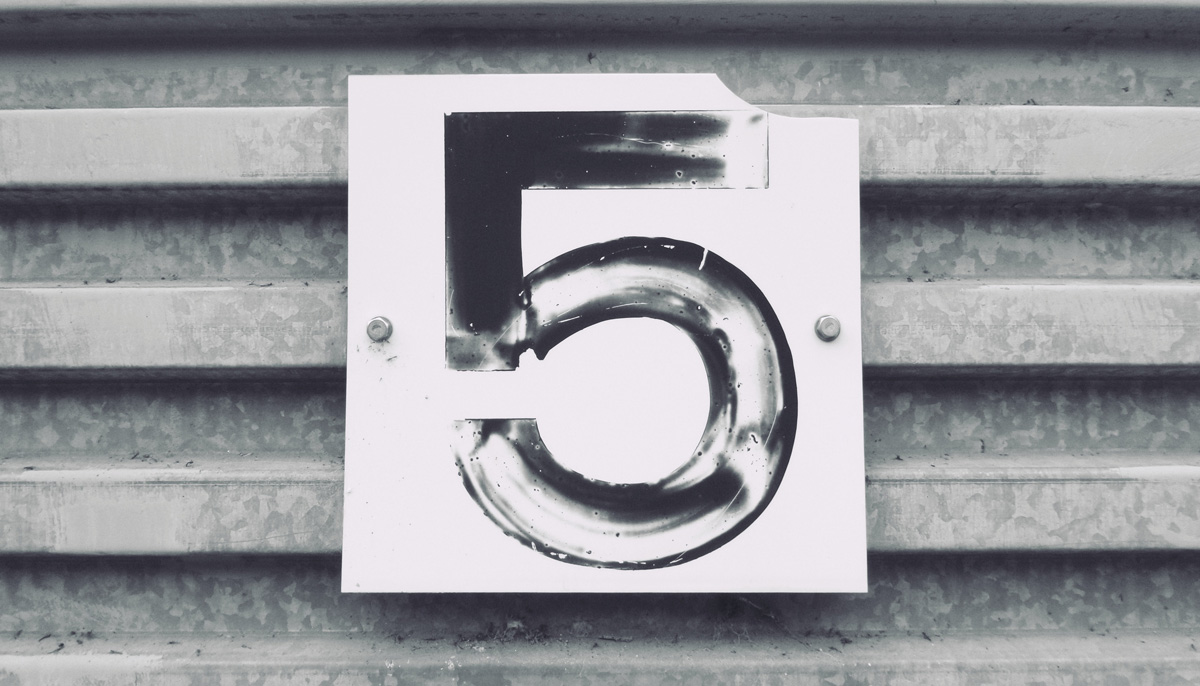How Much Running Gear Costs, Depending on the Type of Runner You Are
Since when do I have to be rich to go on a run?

We may earn a commission from links on this page.

Credit: Images courtesy of Meredith Dietz
I'm Lifehacker's resident marathon runner and senior finance writer. And now, I'm merging my two worlds. Running is often touted as one of the most accessible sports—just lace up and go, right? But as many runners discover, what starts as a "free" activity can quickly transform into a significant investment.
After a decade of "casually" running, I looked around at my room one day and saw dollar signs: sneakers, my second pair that year, at least $100. Medals from races, some costing $250 to register. A box of energy gels for long runs, around $30. A fancy hand-held water bottle, anti-chafing sticks, high-tech cold-weather leggings—what happened to my "lace up and go" mentality?
Here's a glimpse at the true financial impact of running gear, from the bare essentials to premium options for those with deeper pockets.
What a minimalist approach to running would cost
Pun intended, of course. For those wanting to keep costs at an absolute minimum, running can indeed be approached with remarkable frugality. Here's what you truly need:
Essential gear
Running shoes: $60-100 (entry-level models on sale)
Moisture-wicking shirts: $10-15 (basic athletic tees from discount retailers)
Running shorts/pants: $15-20 (simple options from general sporting goods stores)
Socks: $5-10 (multi-pack athletic socks)
Weather necessities
Winter: Layer existing clothes (that cotton sweatshirt works—it's just not optimal).
Rain: A basic baseball cap ($10) and quick-drying clothes
Summer: Stick to early morning or evening runs to avoid expensive cooling gear.
Hydration & nutrition
Water bottle: $5-10 (basic reusable bottle)
Nutrition: Homemade options (banana, toast with honey, etc.)
Annual cost for the minimalist runner: $150-250
If you're a casual runner who'll only use one pair of shoes per year, this sport shouldn't break the bank. The minimalist approach is entirely valid—countless runners have logged thousands of miles with just the basics. I know I've been stubbornly minimalist through the years. In fact, this past marathon training season is the first time I really invested in some higher tech gear.
That said, I must begrudgingly report there's often a noticeable difference in comfort and performance when you invest in purpose-built equipment.
How much a practical enthusiast might spend on running
For runners with some flexibility in their budget, strategic investments in key pieces can significantly enhance the experience without breaking the bank.
Quality essentials
Running shoes: $120-160 (mid-tier models replaced every 300-500 miles)
Technical shirts: $30-45 each (two to three quality moisture-wicking options)
Running-specific shorts/tights: $40-60 each
Performance socks: $12-18 per pair (three to four pairs)
Sports bras (if applicable): $40-60 each (two to three quality options)
Weather-specific gear
Winter layer: $70-150 (one quality thermal long sleeve)
Lightweight jacket: $60-100 (wind/water resistant)
Running gloves: $20-30
Headwear: $20-25 (beanie or headband for cold)
For anyone training for a spring race, you quickly learn that weather-specific gear are true essentials.
Accessories
Basic GPS watch: $150-200 (entry-level Garmin or similar)
Headlamp for night runs: $30-50
Hydration & nutrition
Handheld water bottle: $20-30 (running-specific)
Nutrition: $30-40 monthly (basic gels, chews, electrolyte powders)
Annual cost for the practical enthusiast: $600-1,000
This time, I assume you replace your shoes once a year and need seasonal gear additions. After all, at this level, you're investing in gear that genuinely enhances performance and comfort. The right technical fabric in cold weather isn't just more comfortable; it actually enables more consistent training through the seasons. And instead of the cheapest shoes available, I now swear by Brooks Ghost 16 GTX.
How much a dedicated runner might spend
For devoted runners who prioritize performance, recovery, and optimization, running becomes a more significant financial commitment. Here's a look at just how expensive this sport can get, if you're willing to invest.
Performance gear
Multiple specialized shoes: $140-250 each (training, racing, trail options)
Premium apparel: Complete seasonal wardrobes ($500-1,000+ annually)
Compression gear: $80-150 (tights, sleeves, socks)
High-end rain/cold protection: $150-300 (insulation jackets, premium thermal layers)
Technology & analytics
Advanced GPS watch: $300-700 (Garmin Forerunner, COROS, etc.)
Additional sensors: $50-100 (heart rate straps, foot pods)
Training platforms: $60-120 annually (Strava premium, TrainingPeaks)
Recovery tools: $200-500 (massage gun, compression boots, etc.)
Nutrition & hydration systems
Hydration vests/packs: $80-150
Specialized nutrition: $50-100 monthly (premium gels, recovery drinks, supplements)
Water filtration for trail running: $40-100
Professional coaching
Gait analysis: $75-150
Custom insoles: $200-300
Coaching: $100-300+ monthly
Annual cost for dedicated runner: $2,000-5,000+
Depending on race schedule and gear replacement frequency, running can transform from a simple exercise into a lifestyle with its own ecosystem of products and services. The investment can be substantial, but for those deeply committed to the sport, each element serves a purpose in enhancing performance, preventing injury, and/or improving the overall experience. If you're spending this much on running, I hope you're getting some sponsorships and brand deals in return.
Finding your balance
The beauty of running is that you can participate meaningfully at any of these investment levels. Sometimes, a strategic upgrade in one area can make a disproportionate difference in your running experience. I find I take something of a hybrid approach. Invest in truly essential items, like good shoes and proper socks, but skip unnecessary "innovations"—not every gadget improves your running!
Another cost-saving trick: Always look for last season's models. Unless you're a serious racer, there's rarely a reason to splurge on the newest, hottest watch or shoes. At the end of the day, the "right" amount to spend on running gear is highly personal. By understanding where quality truly matters versus where you can economize, you can build a running kit that supports your goals without unnecessary expense.
Stay tuned for my upcoming articles diving deeper into the specific costs of running shoes and race participation, so you can see how much it really costs to be a runner.

Meredith Dietz
Senior Finance Writer
Meredith Dietz is Lifehacker’s Senior Finance Writer. She earned her bachelor’s degree in English and Communications from Northeastern University, where she graduated as valedictorian of her college. She grew up waitressing in her family restaurant in Wilmington, DE and worked at Hasbro Games, where she wrote rules for new games. Previously, she worked in the non-profit space as a Leadership Resident with the Harpswell Foundation in Phnom Penh, Cambodia; later, she was a travel coordinator for a study abroad program that traced the rise of fascist propaganda across Western Europe.
Since then, Meredith has been driven to make personal finance accessible and address taboos of talking openly about money, including debt, investing, and saving for retirement. Outside of finance writing, Meredith is a marathon runner and stand-up comedian who has been a regular contributor to The Onion and Reductress. Meredith lives in Brooklyn, NY.
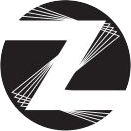
 Konoly
Konoly 











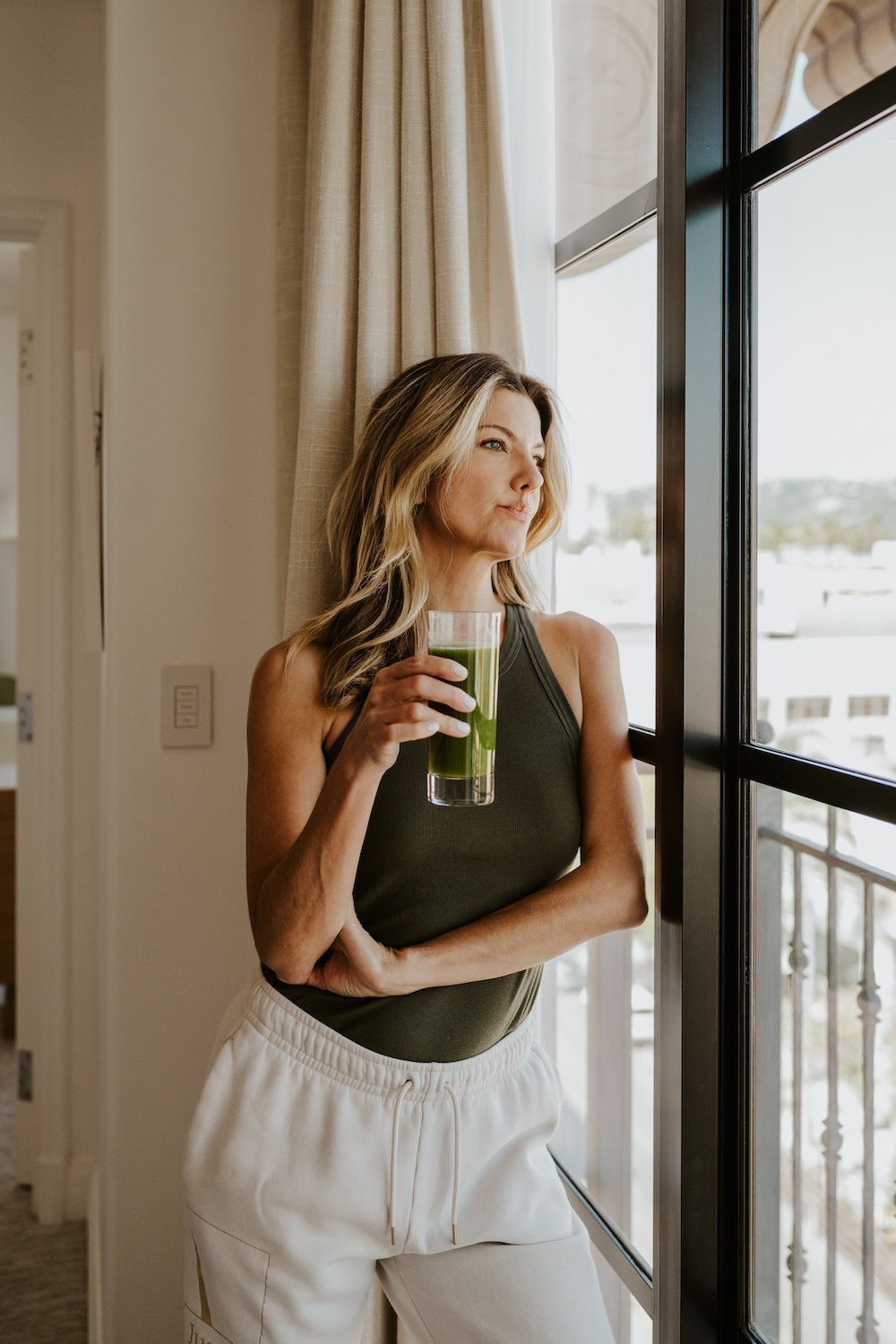

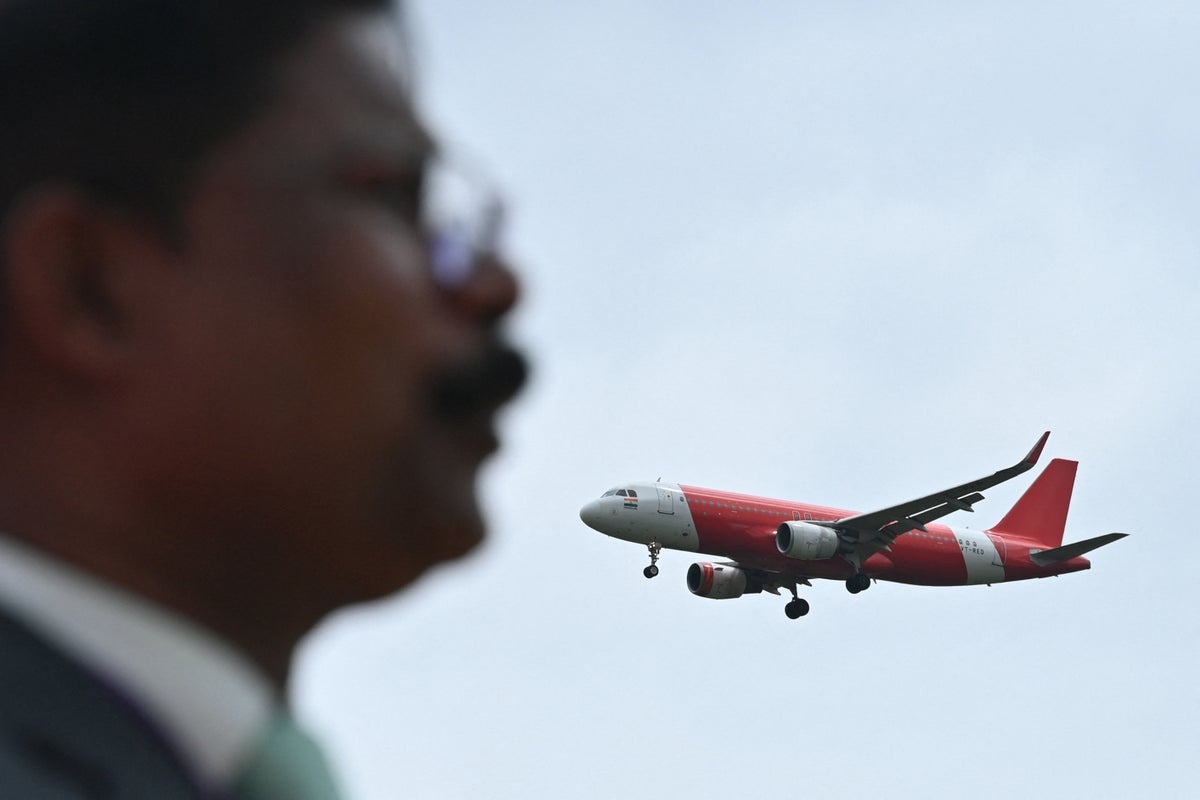







![The 2026 AI Search Benchmark Every SEO Leader Needs [Webinar] via @sejournal, @lorenbaker](https://www.searchenginejournal.com/wp-content/uploads/2025/11/1-259.png)




